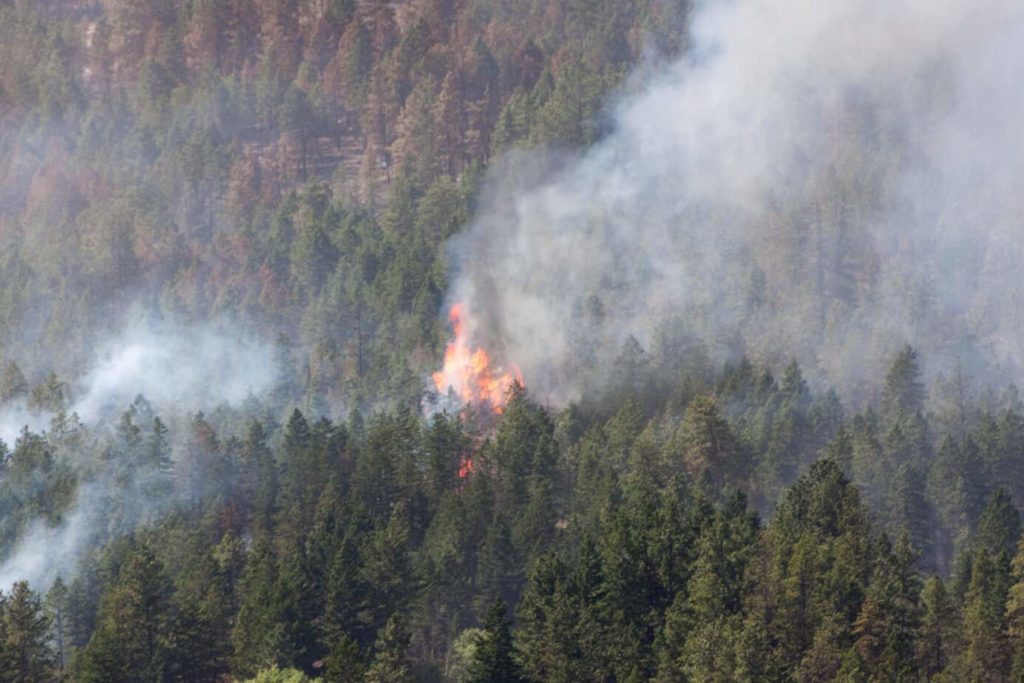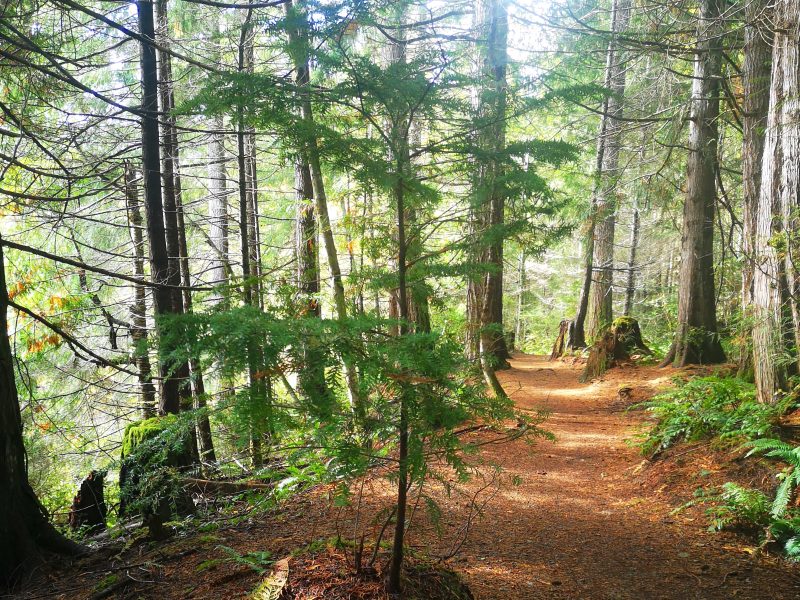
Canada is home to some of the largest forested areas in the world — yet these regions are sparsely populated. This made me wonder: What’s the leading cause of ignitions for wildfires in Canada?
When I was in Missoula, Montana, where communities and forests are even more closely intertwined, I learned that 84 per cent of all wildfires are human-started, responsible for well-over half the total area burned. Lightning, the other leading cause, accounts for just eight per cent of fires in the U.S. A recent study shows that during the spring, fall, and winter months, humans caused so many wildfires in the United States, they outpaced the number of lightning-started fires by a factor of 35.
So what’s the deal in Canada? Just like in the U.S., it’s tricky to measure since the cause of many fires remain unknown. But it’s safe to say around 45 per cent of all wildfires ignite by lightning, amounting to 81 per cent of total area burned. That doesn’t leave Canadians off the hook. Humans are the leading cause of wildfires in Canada at 55 per cent.
Here are six ways we’re our own worst enemy when it comes to wildfires, based on studies from the U.S. and Canada:
- Power lines. Major weather events or poorly maintained trees can knock power lines down causing wildfires to ignite. Utility companies are responsible for ensuring they’re maintained to lower the risk. As we see more climate-change induced extreme weather events, these kinds of ignitions may be more common.
- Farming and burning debris. Many farmers use burning techniques to help crops grow or to remove debris. In the U.S., more than a quarter of fires come from intentional burning gone out-of-control.
- Heavy equipment and utility vehicles. Every time you run equipment, you run the risk of a spark flying and lighting something on fire. Just last month, a large-scale forest fire was allegedly sparked by heavy equipment at a wind farm construction site.
- Arson. That’s right. People don’t just cause wildfires by accident. Some humans light fires intentionally.
- Guns. When you fire a gun, shell casings can cause a spark to light something on fire. This is the suspected cause of a recent fire near Harrison Lake, B.C. But whatever you do, don’t try this in your backyard.
- Campfires. Data from the U.S. shows that abandoned campfires are the most common single source of human-ignited wildfires. That’s because, as I’ve written before, “fire brands” or embers are deceivingly powerful. They’ll very easily ignite debris like twigs and leaves, even if you think a fire is “out.”
As I’ve written before, wildfires are here to stay, since they’re part of a natural, healthy forest cycle. They’re disasters when they strike near communities and harm people.
The good news? Human behaviour is something we can control. Sticking around a little longer after a campfire or a good day at the gun range helps ensure we don’t leave the worst kind of mark on the landscapes we all enjoy.
See for yourself
Don’t underestimate the power of a cigarette butt. Check out this footage of a wildfire in Airdrie, Alta. earlier this year, started by a cigarette:
Have your say
Where do you find information about wildfires? Share your best links and resources for next week’s Fire Break. You can submit your suggestions here or via email, Facebook and Twitter. [end]



